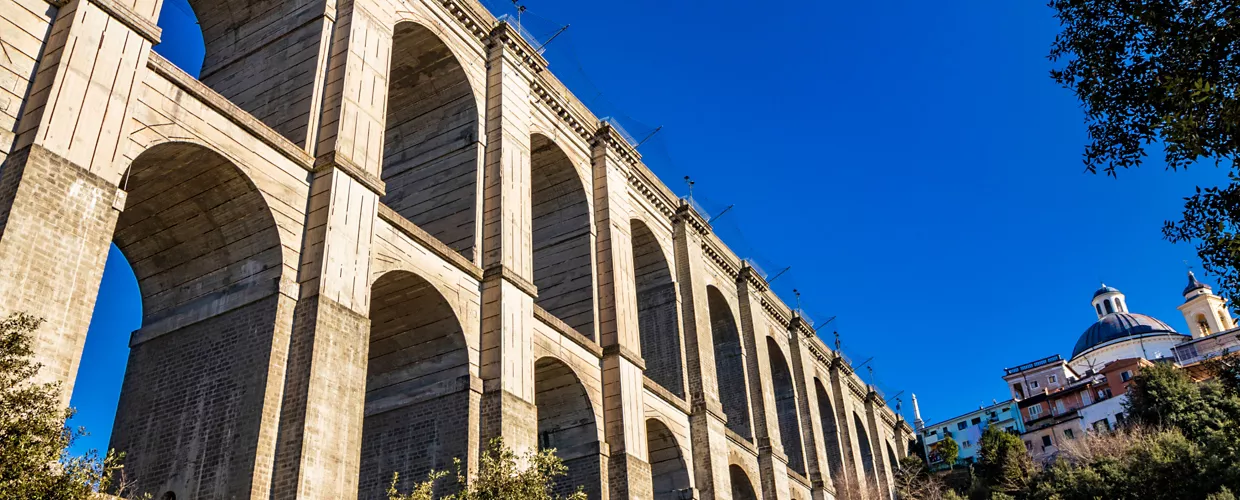
Overview
Ariccia is synonymous with porchetta, a street food that has set the standard. The Ariccia roast suckling pig (PGI since 2011) is a product that is not reduced to simply being cooked pork: its production involves strict specifications from the choice of meat to the processing and cooking process. The result is a savoury meat, enriched with rosemary, black pepper and garlic to taste, pinkish in the centre and with a crispy crust. But Ariccia is also synonymous with the Chigi family, one of the most noble in the Papal States, who entrusted Gian Lorenzo Bernini with the design of the Court Square (now the Republic) and the design of the Chigi palace, with its façade plastered in the ethereal 'colour of air', which now houses the Roman Baroque Museum; Bernini also made the dome of the collegiate church of the Assumption and the façade of the sanctuary of St Mary of Galloro. The access viaduct to the village, with three rows of arches (300 m long and 59 m high) spanning a gorge, was ordered by Pius IX in 1854 and rebuilt after the Second World War.
00040 Ariccia RM, Italia